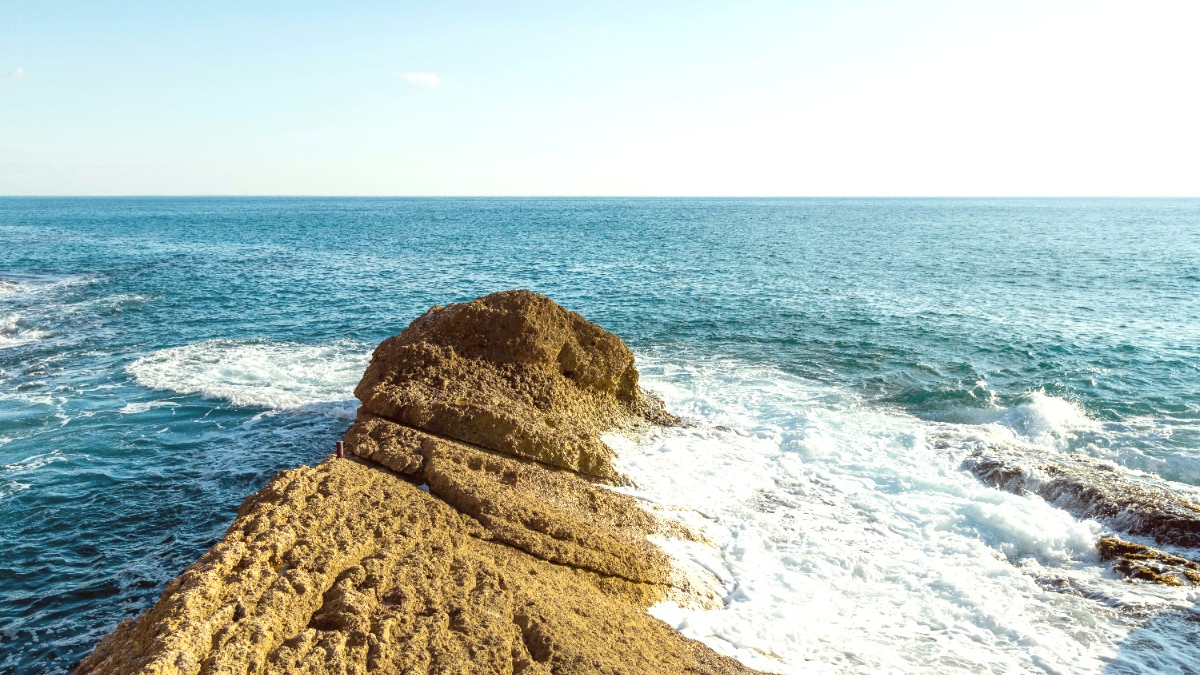
Coastal Montenegro, Montenegro
Ulcinj's most recognizable and must-visit sites give a glimpse into its past and natural splendor. These landmarks are central to understanding the town's unique character.
Exploring these areas presents a journey through the region's rich history and diverse landscapes.
A wide-angle lens for travel photography captures expansive views and narrow alleys effectively.
Living archaeological site with layers of Illyrian, Roman, Venetian, and Ottoman structures.
Historical mosque near Mala Plaža, connected to Ulcinj's seafaring past.
Prominent Orthodox church on Pinješ hill, active place of worship.
Commemorates local legend near Old Town, adding a literary touch.
Ulcinj's natural landscape is a diverse range of scenic beauty, from wetlands to vast beaches. Beyond the well-trodden paths, it holds several less-known treasures waiting to be discovered.
Scenic bay famous for ancient olive groves, some over 1,000 years old, with a tranquil pebbly beach.
Ramsar-protected wetland, Montenegro's premier birdwatching spot, hosts thousands of migratory birds including flamingos.
Smaller, secluded rocky/pebbly coves south of Ulcinj, accessible by boat or narrow paths, offering clearer waters for swimming.
Elevated points offering sweeping vistas of the Old Town, Mala Plaža, and the new town, especially at sunset or sunrise.
A unique natural phenomenon where the Bojana River splits into two arms, forming an island before meeting the sea.
The vast, unique sandy dunes of Velika Plaža, a famous geological feature constantly shaped by wind and sea.
A small, uninhabited island just off the coast, only by boat. It features a tiny, charming old church and gives a peaceful escape.
Venture into the ancient olive groves of Valdanos to discover some of the oldest olive trees in the world (over 1,000-2,000 years old).
Experiencing kite-surfing on Velika Plaža during shoulder season or early/late in the day creates a different, less crowded atmosphere.
Discover small, secluded coves south of Ulcinj, accessible by narrow walking paths or boat, offering pristine waters for swimming and snorkeling.
Ulcinj presents a myriad of unique photo opportunities that capture its essence. From ancient stone walls to serene waters and natural phenomena, artistic shots await.
These locations offer distinctive backdrops for memorable travel photography, reflecting the town's layered history and stunning landscapes.
An iconic shot with ancient stone bathed in warm light and the sea stretching to the horizon. Visit at sunset for golden hour photography.
Traditional wooden `kalimera` fishing huts, especially at sunset or sunrise, present distinctive and picturesque photo opportunities.
If visiting during migration, capturing flamingos or rare bird species against the Ulcinj Salina's unique landscape creates memorable shots.
Dynamic shots of colorful kites and surfers gliding across the water make for energetic and visually appealing photographs.
Find activities on GetYourGuideThe gnarled trunks of the millennium-old olive trees in Valdanos create unique photographic subjects, symbolizing the region's deep history.
Capture the charm of the Old Town's winding, cobbled streets and historic stone buildings, especially in soft morning light.
From Pinješ Hill or Old Town walls, capture sweeping vistas of the Adriatic coastline and city. Ideal for wide-angle shots.
The hidden coves south of Ulcinj present opportunities for intimate photos of pristine waters and untouched natural beauty.
Valdanos Bay, just north of Ulcinj, is famed for its ancient olive groves and a tranquil pebbly beach. It gives a peaceful retreat.
The Ulcinj Salina, a former salt production facility, is now a Ramsar-protected wetland and Montenegro's premier birdwatching spot.
Consider visiting attractions during shoulder seasons (May, June, September) for fewer crowds and pleasant weather.
Always carry water, especially when exploring historical sites or natural areas, and wear comfortable shoes for walking on uneven terrain.
Ulcinj's rich history is tangible in its ancient fortifications and religious structures, reflecting millennia of diverse influences. The town’s architectural fabric tells a story of various civilizations.
The Old Town of Ulcinj itself serves as a living archaeological site, with its foundation layers holding remnants of ancient civilizations.
Ulcinj's multi-ethnic history reflects in its diverse religious sites and architectural styles.
The Old Town's architecture predominantly features traditional stone buildings, narrow alleys, and houses reflecting Venetian Gothic and Ottoman influences.
The fortress walls and defensive structures were built and adapted by various rulers over centuries, showing its military heritage.
The Museum of Ulcinj, located within the Old Town's fortress walls, offers a comprehensive historical and ethnographic collection.
The museum gives a glimpse into the multi-ethnic heritage and daily life of Ulcinj throughout its history.
Ulcinj's cultural institutions, though not numerous, maintain the town's artistic and performance scene.
Check local listings for current programming and special exhibits during your visit.
Pair the Old Town with Mala Plaža for a day of history and relaxation.
Consider local buses or taxis for Velika Plažan and Ada Bojana if staying in the town center.
Plan landmark visits around sunrise or sunset for the best lighting and fewer crowds.